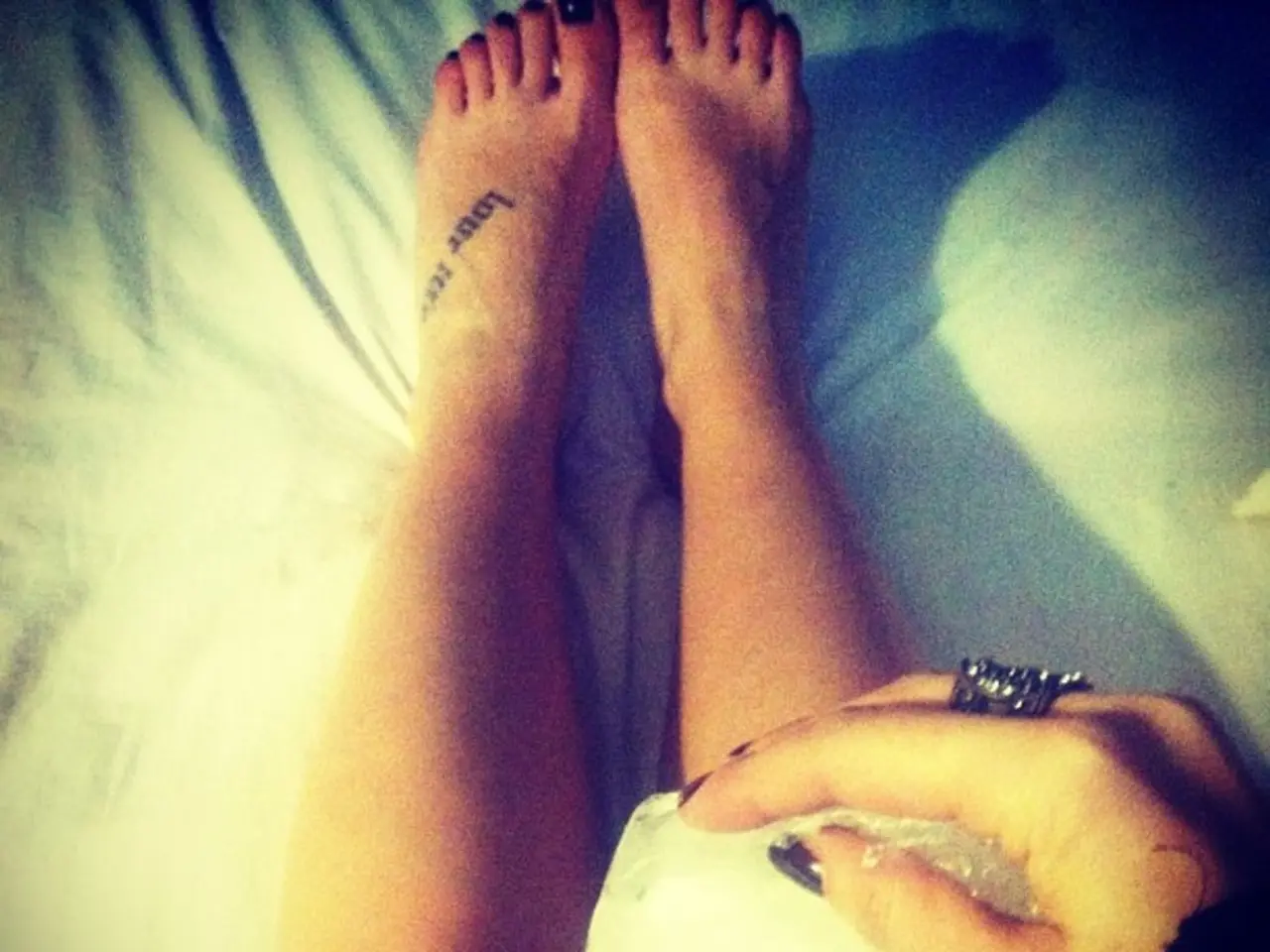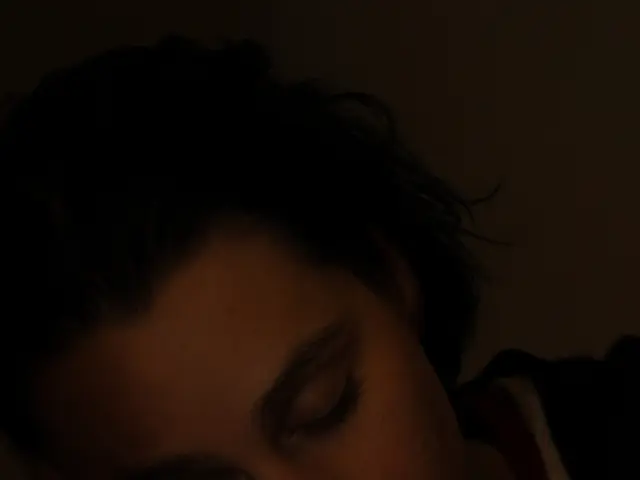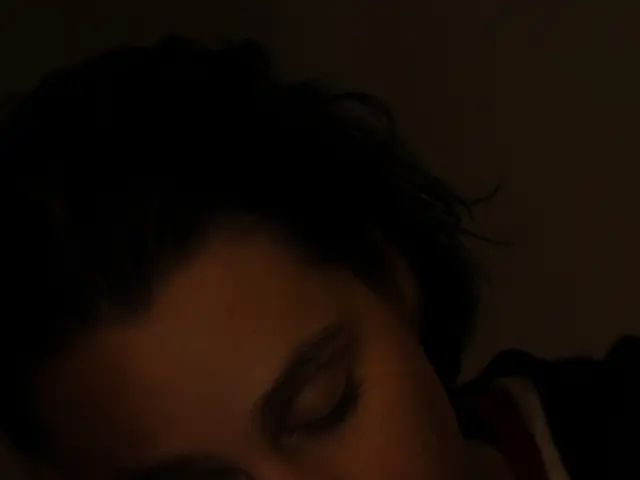Limb movement disorder occurring periodically: Recognizable symptoms and therapeutic approaches
Let's Talk About Periodic Limb Movement Disorder
Periodic Limb Movement Disorder (PLMD) is a funky condition that causes repetitive movements of limbs during sleep. It's not exactly a dance Floor situation, but more like an unwitting twitchfest in the middle of the night.
PLMD isn't just a sleep disorder; it's an oddball that pulls double duty. It's typically noted in middle age and older adulthood, though many people have experienced symptoms since childhood.
So, what's PLMD all about? Well, you might notice twitching, jerking, or flexing of the limbs during sleep, with the lower limbs ( hips, knees, ankles) getting the most action. Some people may experience movements in their arms too.
These movements happen roughly every 20 to 40 seconds, although the frequency and pattern can differ night by night and from person to person. Bed partners are usually the ones who notice these strange and uncoordinated movements, though those with PLMD sometimes wake up a few times during the night. They may also experience daytime fatigue, making it hard to tackle the day.
PLMD can be a buddy to Restless Leg Syndrome (RLS), sharing some similarities in symptoms and treatment. The key difference? PLMD occurs only during sleep, whereas RLS affects people both awake and asleep.
PLMD vs. Restless Leg Syndrome (RLS)
On the surface, RLS and PLMD seem like rhythmic bedfellows, and some even consider them part of the same condition. RLS symptoms include uncomfortable feelings in the legs and an overwhelming urge to move. The discomfort gets worse at night and during rest, but physical activity can provide some relief. PLMD and RLS might be pals, but they have distinct features:
- RLS: Physically manifesting when awake and asleep, caused by various factors such as genetics or iron deficiency.
- PLMD: Limited to sleep, with various medical conditions or medications potentially acting as culprits.
About 34% of people with RLS also have PLMD, but the reverse isn't true.
Behind the Scenes of PLMD
PLMD can be classified as either primary or secondary. The exact cause of primary PLMD remains a mystery, although researchers suggest it might tie back to issues with nerve regulation. Primary PLMD isn't a major health concern, but complications can cause problems. Secondary PLMD stems from underlying disorders or medications and is more common in people with certain conditions like anemia, diabetes, or sleep apnea. Medications such as antidepressants, antihistamines, or antipsychotics can also trigger PLMD symptoms.
Age seems to play a significant role in PLMD frequency, with older adults being more susceptible. However, RLS appears to affect women more than men. Both sexes are equally impacted by PLMD.
The Big Picture
The main PLMD symptom is repetitive limb movements during sleep, although these movements usually don't cause distress for most people. As for complications, poor sleep, daytime sleepiness, chronic insomnia, depression, poor memory, and short attention spans are possible issues to keep an eye on.
Diagnosis primarily involves overnight polysomnography (PSG) tests but may include a physical examination and blood tests to rule out underlying causes.
TL;DR
Periodic Limb Movement Disorder (PLMD) is a sleep disorder characterized by involuntary limb movements during sleep, primarily impacting the lower limbs. PLMD can be primary (no known cause) or secondary (related to an underlying condition). Secondary PLMD is more prevalent and can be linked to various medical conditions, such as RLS, anemia, or sleep apnea, or medications like sedatives. Diagnosis involves overnight PSG tests and, in some cases, blood tests. While primary PLMD may be chronic, secondary PLMD can be treated by addressing the underlying condition.
- People with Periodic Limb Movement Disorder (PLMD) may experience Restless Leg Syndrome (RLS) as they share some similarities in symptoms and treatment.
- Science has yet to fully understand the exact cause of primary PLMD, but it's speculated that issues with nerve regulation might be involved.
- Approximately 34% of people with RLS also have PLMD, but the reverse isn't as common.
- Proper diagnosis of PLMD involves overnight polysomnography (PSG) tests, and treatments often target addressing any underlying conditions or discontinuing medicines that may trigger the disorder, such as certain antidepressants, antihistamines, or antipsychotics.








